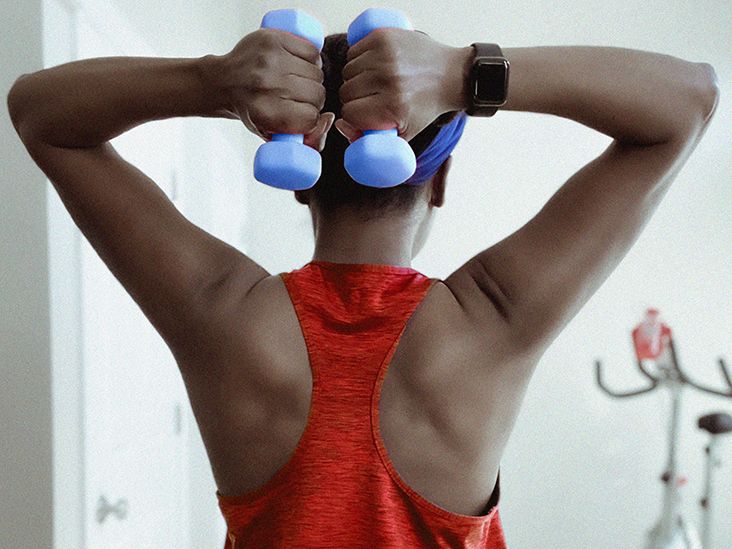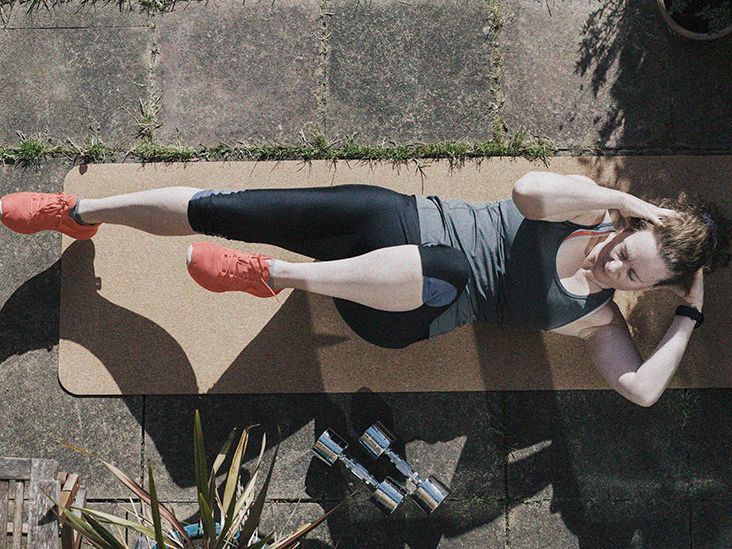Yes, You Should Make Your Own Shaved Ice at Home This Summer
Every year I look forward to shaved ice season (which, if I’m being honest, is almost year round in Los Angeles). In my household, I grew up having Thai shaved ice, or wan yen, whenever the days got too hot. The crunchy ice was topped with Hale’s Blue Boy syrup (the sala or snake fruit […]


Every year I look forward to shaved ice season (which, if I’m being honest, is almost year round in Los Angeles). In my household, I grew up having Thai shaved ice, or wan yen, whenever the days got too hot. The crunchy ice was topped with Hale’s Blue Boy syrup (the sala or snake fruit flavor is my favorite), condensed milk, green strands of pandan jelly, and a mixture of canned toddy palm seeds and grass jelly.
It feels like every culture has their own take on the dish: there’s fluffy Korean bingsoo topped with fresh fruit, Japanese kakigori paired with sweet red beans, Filipino halo-halo that doubles as a shaved ice dish and ice cream sundae, and Mexican raspados showered with Tajín — to name a few. And not only is the frozen treat universal, it can also be easily made and customized at home. Here’s how to do it.
Should you use an electric or manual shaver?
When it comes to making shaved ice at home, it doesn’t necessarily matter whether you use a manual shaver or an electric one. “I like everything manual in the restaurant because it corresponds to the ethos of what we do,” says Junya Yamasaki, the chef behind Yess restaurant in Los Angeles. Yamasaki serves two different types of kakigori for dessert made using an industrial, crank-powered shaver. “I even drive a manual car,” he laughs, “but [for ice shavers] I don’t think there’s a difference.”
At Wailua Shave Ice, which has locations in Portland, Oregon, and on Kauai, an electric shaver is necessary for crowds. “We started with a hand-crank,” explains co-founder Cory Arashiro, “but even with our electric ones I can barely keep up.” However, Arashiro acknowledges that if you’re making shaved ice at home — and not in a rush to fulfill demand — either version works. “I would say, just make sure that your ice is shaved finely,” she says. “To get our type of texture, you’d want to shave it finely, not mash it or grate it.”
The electric shaver will ultimately be faster in prepping your ice, but it’s hard to deny the charm of a crank version, too.
What kind of ice should you use for shaved ice?
Yamasaki imports ice from Japan for the kakigori at Yess, something he acknowledges is a bit ironic because the rest of the menu at the restaurant focuses on local ingredients. “We use premium ice from our Japanese supplier,” he explains. Although you may not want to go that fancy of a route, Yamasaki recommends sourcing special ice from commercially available cocktail ice — just look for ice that is crystal clear.
At Lumi Dessert Cafe, which has two locations in Washington state, shaved ice is made with a proprietary frozen flavored milk blend. “We pour [the liquid base] into our machine and it freezes on the barrel,” says Nessa Choi, the manager at Lumi’s Redmond location. “I think you can replicate the same effect at home as long as you have a good mixture for the base.”
For Choi, it’s important to not just use regular ice from a cube tray if you want your shaved ice to last longer rather than melt right away. “If you use regular ice, it melts very fast and doesn’t hold toppings very well,” Choi explains.
Instead, try freezing water or a sweetened milk mixture in quart containers and shave them through whatever type of shaved ice machine you have. You can sweeten the milk mixture with condensed milk or honey, or flavor it with ingredients like tea, cocoa powder, fresh or frozen fruit, and extract.
What kind of toppings should you use for shaved ice?
“Toppings are the fun part,” Yamasaki says. “At home, you can just go crazy.” At Yess, Yamasaki serves one kakigori that feels very traditionally Japanese. There are fresh and macerated strawberries, chewy mochi balls, and a glaze of condensed milk. His other kakigori is more experimental, with dates, an Irish coffee syrup, and whipped cream — perfect for someone interested in both dessert and coffee after dinner.
At Wailua, the shaved ice syrups are made with fresh fruit juice and cane sugar. Their signature topping, however, is the haupia foam — a whipped coconut milk topping. “What we really grew up with is snowcap, which is condensed milk,” Arashiro says. “From there, just run with it.” Other traditional Hawaiian toppings include coconut flakes, mochi, and li hing mui, or pickled plum powder. At Wailua, you can also add sweets like Oreos, a Nutella drizzle, and marshmallows.
For homemade shaved ice, Choi always recommends fresh fruit — but if you don’t have access to fruit, jams would work well too. “You can also do a caramel version with caramel sauce, crushed Lotus Biscoff cookies, and bananas,” she says.
Really, the ice becomes a vehicle for the toppings, so anything can go. “Just don’t get carried away; be cohesive,” Arashiro says. “The best part is at the end, when you smush everything down and get to drink it.”












































































































































































